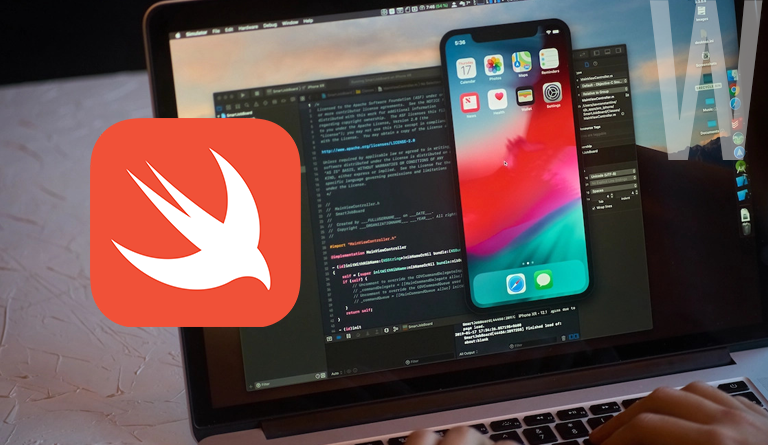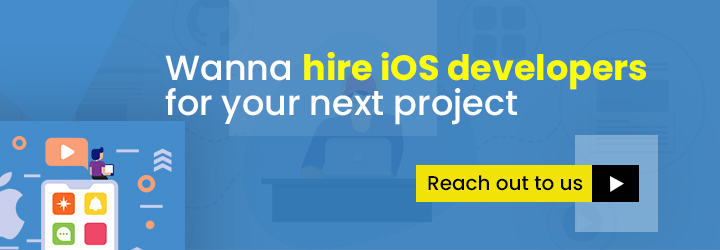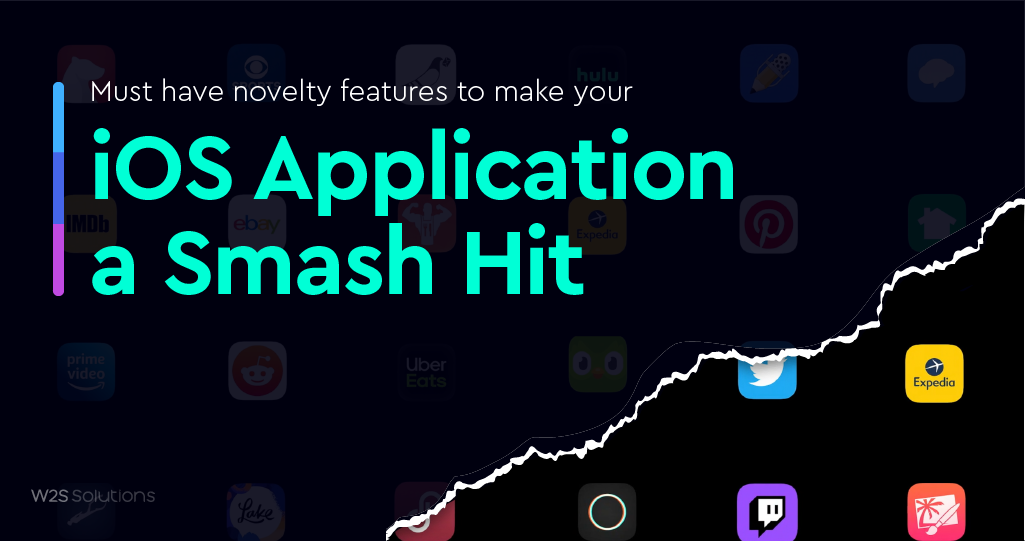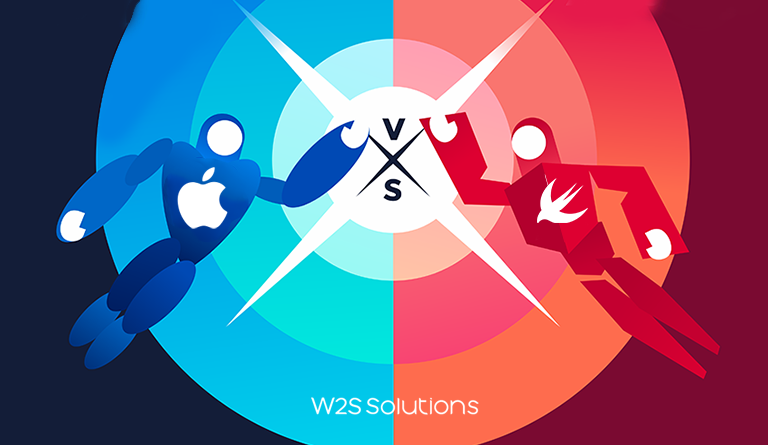Despite the obvious price disparage difference between Apple devices and Android-based smartphones, the US market has seen stiff competition between the two major OS platforms since 2007, when iPhone was first launched. But this year, the scales have slightly tipped in favor of iOS, with a projection for steady growth YoY. With the number of iPhone users ballooning in the US, the connected app market for Apple devices is expected to grow exponentially as well. There are umpteen iOS app development companies and freelancers vying for a slice of the pie, and all of them are looking at Swift as the means to the end. Swift is now described as one of the best programming languages for mobile app development.
Swift, which has been around since 2014, is still considered a fairly new programming language, as most iOS application developers have been looking at its so-called predecessor, Objective-C, for the development of iOS applications so far. Swift, as the name suggests, is a fast and easy-to-use coding language, since it has a simple yet expressive syntax & powerful pre-built features that help iOS applications go-to-market faster.
A pretty powerful programming language, Swift is open-source and – icing on the cake: it was developed by Apple. Meaning, it can be used to build applications for Mac OS, iPad and iPhone devices. So, using Swift to make apps is probably the most viable option for businesses when it comes to iOS app development.
Why choose Swift for mobile app development?
Swift is a modern programming language designed to help write code more efficiently. It was introduced in 2014 and is often referred to as “Apple’s answer to Java” because there are similarities between both the languages. There are many benefits of developing a mobile application using Swift language.
Swift’s syntax resembles many other languages, especially those with strong static typing (like C#). You can use types like integers, floats or strings when declaring variables; these types are called “value types” because they represent actual values such as numbers or characters rather than objects like classes do in other languages (elements that have state).
While Swift is often compared to Objective-C, Swift is way more advanced than its predecessor. The main difference between Swift and Objective-C is how your code will run: instead of compiling into an executable, Swift compiles directly into machine language.
Swift is built on an exclusive IDE called Xcode and offers a host of features and capabilities to build iOS applications at speed and scale.
Swift’s IDE: Xcode
Xcode is an integrated development environment (IDE) that allows you to develop apps for iOS and macOS. It’s available on both MacOS and iOS, but it’s only used to create apps for those platforms.
Xcode can be downloaded from the App Store or through the Mac App Store. Once you have it installed, you can simply open up Xcode and start creating your app!
Xcode is a development environment that you can use to create apps for iOS and macOS. It’s a GUI tool, which means it lets you create apps using only the mouse or touchpad. You don’t need to know C++ or Objective-C programming languages, but if you do want to learn more about Swift programming language at some point in your career, even as an Android app developer, Xcode is free to download from the App Store; however there are several different versions available depending on whether or not Apple wants us developers mucking around with their products (which they probably don’t). The latest version includes all of the tools needed by any developer so nothing more needs installing afterwards.
Steps to create a new project in Xcode
- Download Xcode from the app store. Install it on your mac, and run Xcode.
- Create New Xcode Project / Import the project
- Choose a template to create new project
When you are creating a project, you have the choice of using one of the following templates:
- Single View App
- Navigation based App
- Tab Bar based App
- Split View based app
You can also create your own custom template by adding new features to it.
-
Single View App template
In the Single View App template, you’ll find a single view controller. This is the central object that manages your application’s views and manages navigation between them.
The Single View App template also comes with a storyboard for designing your app’s user interface (UI). A storyboard is just like any other UI design tool in that it allows you to design how each screen should look like on an iPhone or iPad screen before implementing those designs into code.
In addition to having a root view controller and associated view, there are also two others: navigation controllers and scene presentations
-
UIKit framework
The UIKit framework is a collection of classes that provide the basic interface elements for an iOS application. These classes include UIView, which contains all of the views for your app; UIButton, which allows you to create buttons that can be tapped on; UILabel and UILabeledTextField for text input fields; as well as other useful tools such as UICollectionView and even NSNotificationCenter!
-
UIViewController class
The UIViewController class is the base class for view controllers. It deals with the view, its subviews and their interactions with each other.
-
Storyboard file
Storyboard files are used to design and develop the user interface (UI) of your iOS app. A storyboard file contains all of the elements that make up a UI, such as views, tables and switches.
The UI is displayed in a storyboard file using segues to connect different screens together so that when you run your app on an iOS device it looks like one continuous experience for users. Segues are in simple terms, visual connectors that are used during development to define the flow between application pages. You can use segues to connect different parts of your app into one single application so that when you run it on an iOS device it feels like one continuous experience for users.
-
Main storyboard file
The main.storyboard file is a collection of scenes, which are connected by segue (transitions). Segués can be triggered by user interaction or programmatically.
Conclusion
In this article we’ve covered a few of the most important features and concepts of iOS development using Swift. But if you are still at the stage of choosing between Swift & Objective-C, you’d probably be interested in this comparison we did between the two programming languages. Although Swift is more powerful and easier to use, you’d still probably need expert help to build your iOS apps, without missing out on any elements. As a reputed mobile app development firm, we have a large pool of iOS app developers well-versed in Swift code, who can assist you with your iOS app development projects.
Get in touch with an industry-leading swift iOS app development company right now and get started with your app development process.







